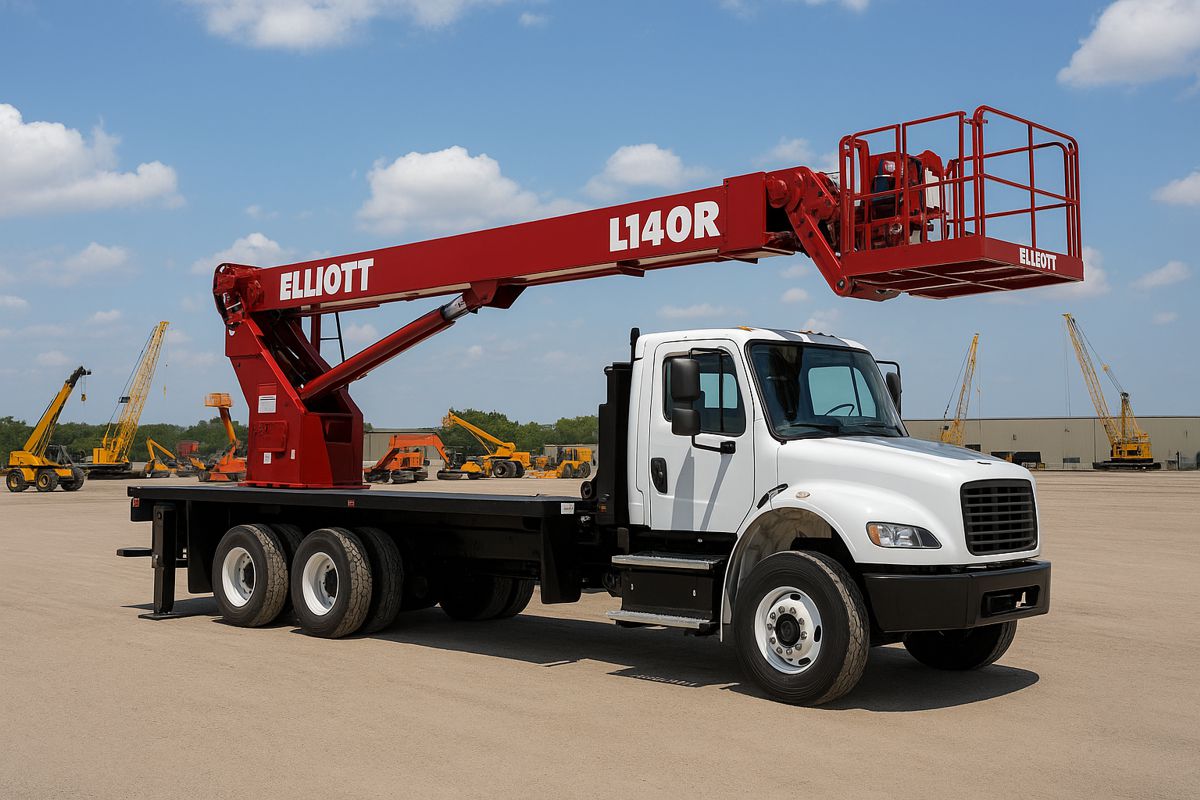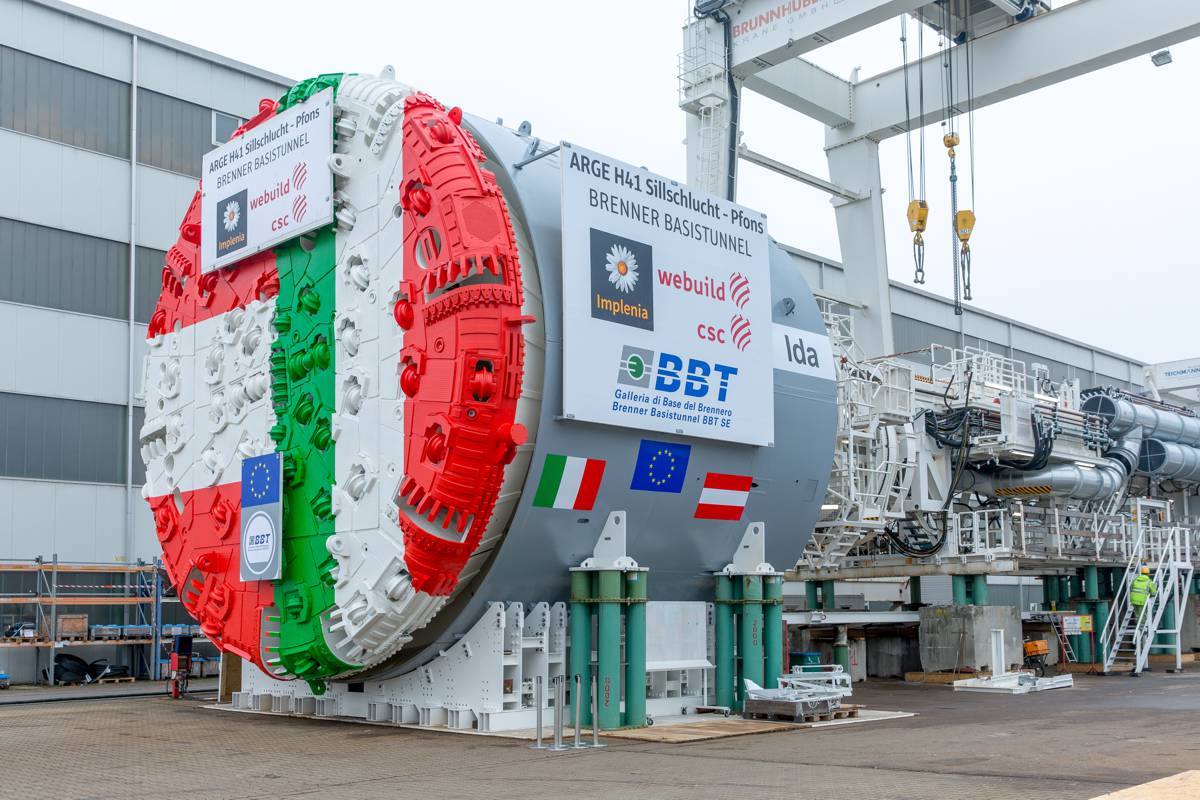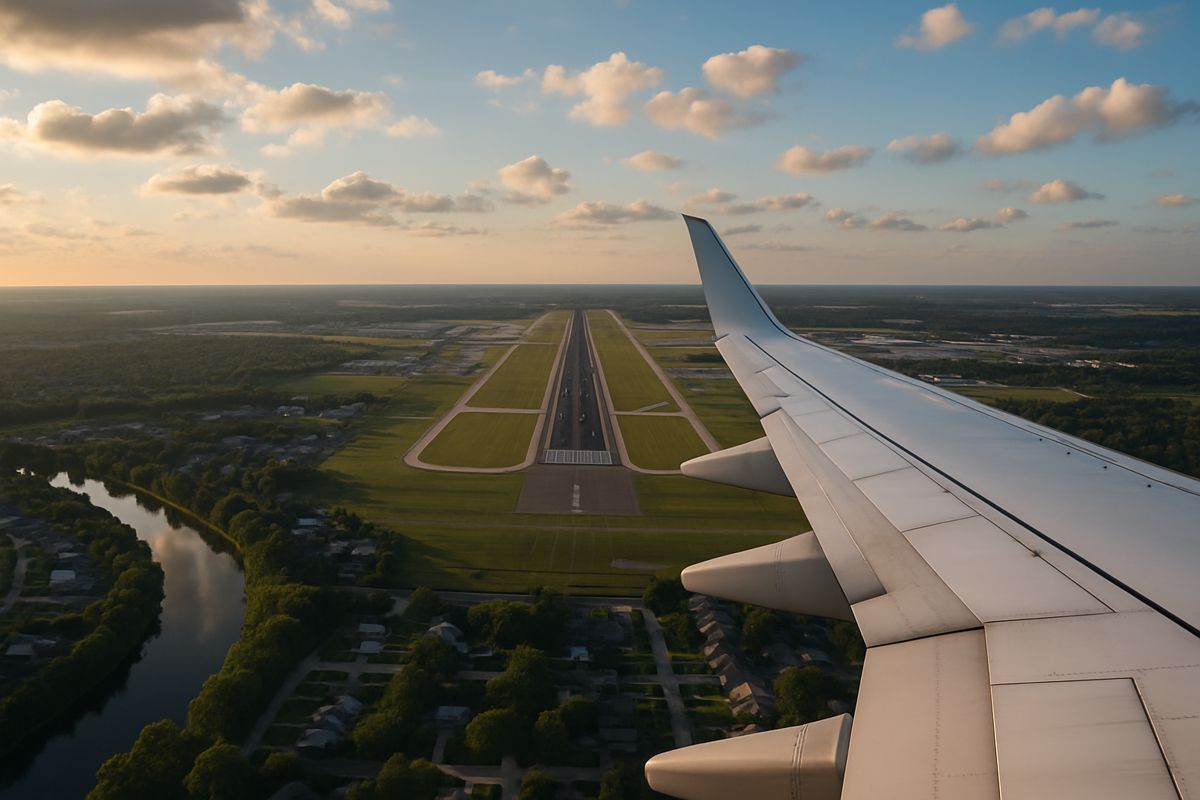Washington State Bridge Crew saves more than just taxpayer dollars
The Washington State Department of Transport’s routine inspection of the northbound Nisqually River Bridge on Saturday, May 4, became anything but normal when their crews noticed a new crack had appeared under the 82 year old bridge.
Their keen eyes and quick response helped avoid major delays for the 121,000 cars and trucks that travel that section of I-5 between Olympia and DuPont each day.
WSDoT regularly inspects all state bridges to ensure public safety, manage facilities and properly plan for the future. These inspections also allow the monitoring of structural conditions and address problems or damage early on before they become bigger and more expensive.
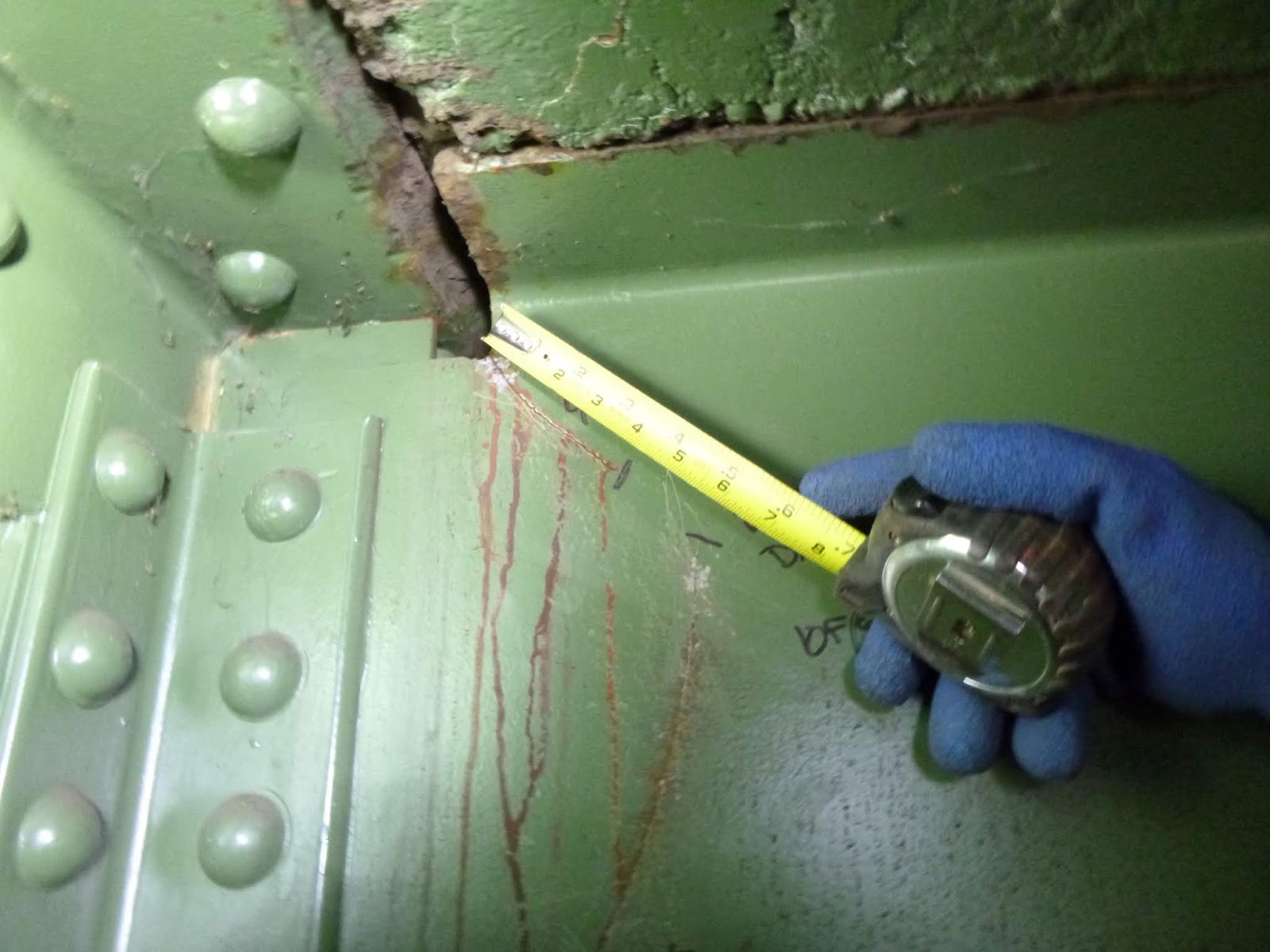
The Nisqually bridge, which was built in 1937 to carry traffic over US99 (I-5 was still a couple decades away), was last inspected in 2017. This time the crew discovered a floor beam beneath the right lane on the northbound bridge deck, called a stringer, had cracked from top to bottom, raising serious concerns.
The damage was not there in the previous inspection. Concern about the safety of the bridge was enough to require a lane to remain closed until a full repair could be made. Crews are available 24/7 for critical work like this, to help minimize repair and lane closure times.
Engineers from thw WSDoT Bridge Preservation Office collaborated with bridge maintenance crews to design a repair for the Nisqually bridge. At the same time, bridge maintenance workers got ready on-scene so they could start the moment the repair plan was approved.
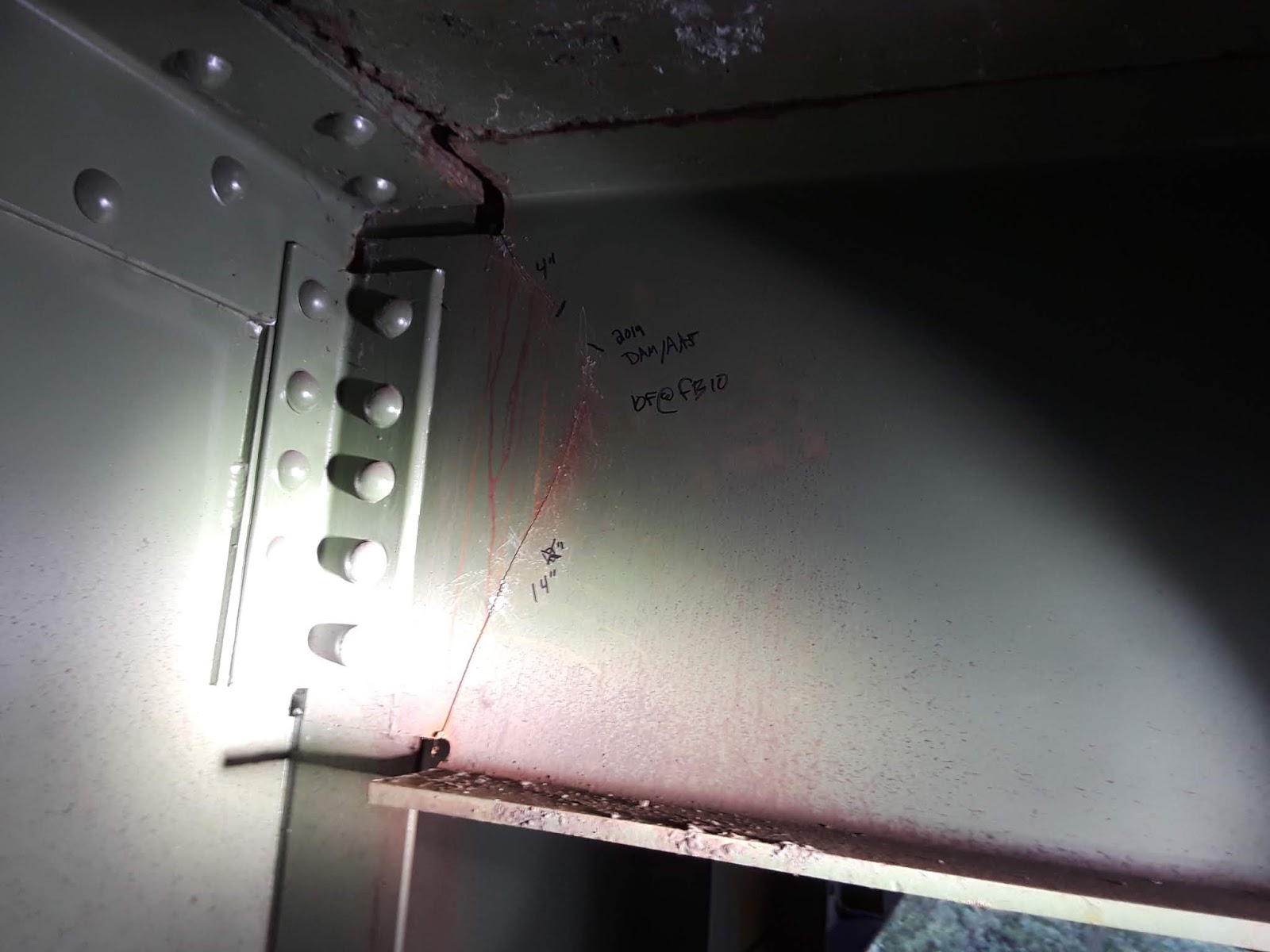
Meanwhile, as the lane closure would last longer than initially announced from earlier inspection, communications team went to work informing the public through various outreach channels.
The repair was estimated to take eight hours to complete, but instead the entire fix took just under seven hours. A remarkable turnaround time given the complexity of the bridge repair and the need to work next to moving traffic.
The repair plan called for a 3/8″ steel plate on each side of the bridge stringer with a new connection to the floor beam to reinforce the damaged girder.
After searching their maintenance yard, the steel plate was not available in house but crews found and purchased the plate from a local steel vendor and set to work on the repairs.
First crews removed the rivets and cut the steel to size. Next they placed it over the defective area and drilled new holes to secure the plate. Finally, they tied the ends together and painted the repair. It may sound simple, but there are many moving, complex parts that come into play, and working from a mobile platform suspended over the water does not make it easy, especially while trying to keep our workers and drivers safe and traffic moving.
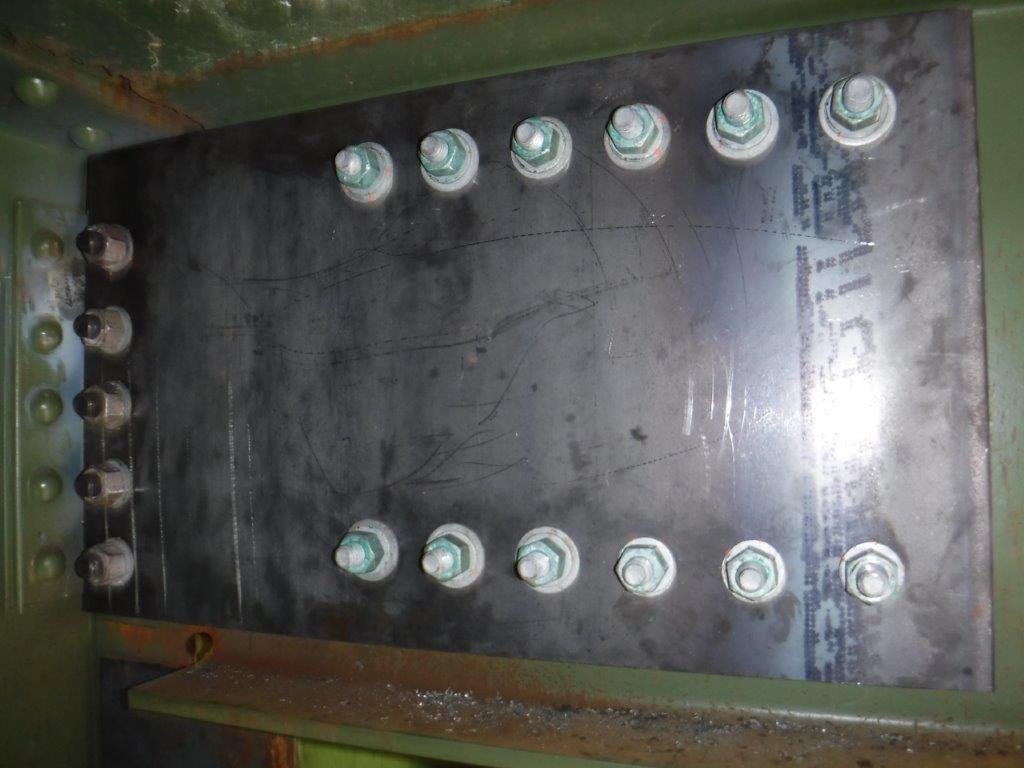
Regular inspections prevent emergency closures
Most bridge inspections on Washington State highways happen every two years, but some happen more often depending on concerns. For example, before it was permanently closed earlier this year, Seattle’s Alaskan Way Viaduct was inspected every six months. These inspections are critical in catching small problems that can be fixed early before they become larger, emergency situations that would require our crews to shut down or restrict access to a bridge they don’t feel is safe.
Besides the increased safety risk, the cost of replacing a bridge is much more expensive than repairing and maintaining it. That said, WSDoT also understands lane closures are needed for some of this work and can be an inconvenience and are thankful for the patience of local drivers while they got this critical work done.
Article by By Tina Werner, Washington State DoT











